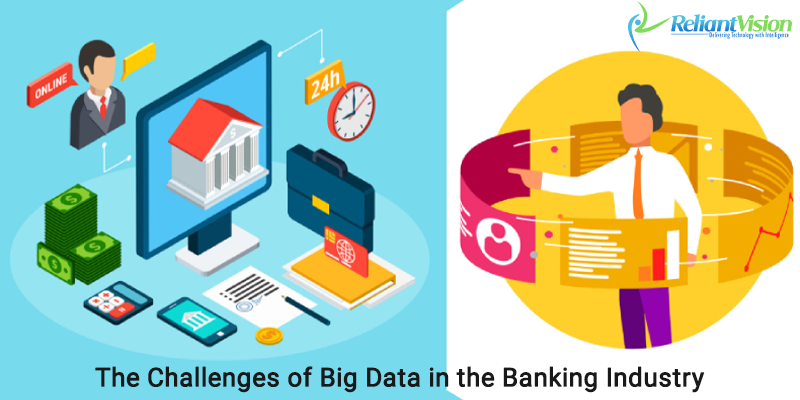The Banking and Financial Services industry generates a huge volume of data summing up to over 2.5 quintillion bytes of data. Each activity of this industry generates a digital footprint backed by data that opens endless opportunities for the banking industry to capitalize on that data.
Technology has made the banks towards harnessing the data for making intelligent decisions. In recent years, Big Data analytics is gaining popularity with banks digitizing the operational processes they needed to ensure different means, which are feasible to analyze technologies like Hadoop, RDBMS for their business gains.
Technology has made the banks towards harnessing the data for making intelligent decisions. In recent years, Big Data analytics is gaining popularity with banks digitizing the operational processes they needed to ensure different means, which are feasible to analyze technologies like Hadoop, RDBMS for their business gains.
The benefits of Big Data in banking –
According to the study of IDC, the global revenue for Big Data and business analytics solutions is expected to reach $260 billion by the end of 2022. Working with banks can now use a customer’s transactional information to continually track their real time thereby providing the exact type of resources required or needed at any given moment.This real time evaluation helps in boosting the overall profitability and performance of the banking industry pushing them into the trajectory of the growth cycle. The other benefits of Big Data for the banking industry include-
According to the study of IDC, the global revenue for Big Data and business analytics solutions is expected to reach $260 billion by the end of 2022. Working with banks can now use a customer’s transactional information to continually track their real time thereby providing the exact type of resources required or needed at any given moment.This real time evaluation helps in boosting the overall profitability and performance of the banking industry pushing them into the trajectory of the growth cycle. The other benefits of Big Data for the banking industry include-
- Big Data provides a full view of banking business
- Big Data for personalized marketing
- Big Data analytics helps banking sector in enhancing their cybersecurity and in reducing risks
Challenges of Big Data implementation in Banking and Financial Sector
The Banking and Financial Services industry can obtain better grasps of its needs by aligning with technologies like Big Data thereby providing improved services in a timely manner with optimized operational costs. However, some challenges or road blocks needs to be addressed and these challenges include-
Studies have shown that most of the banks/financial institutions did not rank themselves very high regarding data maturity. Therefore, banking institutions should understand the importance of progressing quickly to a higher level of data maturity. An increased data maturity improves predictive analytics capability that in turn positively influences an organization’s ability to plan.
The Banking and Financial Services industry can obtain better grasps of its needs by aligning with technologies like Big Data thereby providing improved services in a timely manner with optimized operational costs. However, some challenges or road blocks needs to be addressed and these challenges include-
- Outdated systems that struggle to keep up
- Bigger is the data higher is the risk
- Lower levels of data maturity
Studies have shown that most of the banks/financial institutions did not rank themselves very high regarding data maturity. Therefore, banking institutions should understand the importance of progressing quickly to a higher level of data maturity. An increased data maturity improves predictive analytics capability that in turn positively influences an organization’s ability to plan.



























